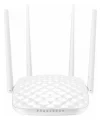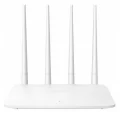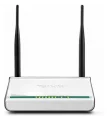Tenda FH1201 router review
Tenda introduced the FH1201 router in 2014. It is powered by Broadcom BCM5358B0 chipset, 32 MB of RAM, and 8 MB of flash memory.
Curious to see if this router impresses? Keep scrolling!
Table of Contents
- Tenda FH1201 specifications
- Body, dimensions, weight
- System, chipset, RAM, flash, power supply
- Network, protocols, WAN and LAN ports
- Wireless, antennas, speed, security
- Connectivity
- Administration, user interface, login information
- Links
- Verdict, Pros and Cons
- Photos
- Comparisons
Our personal experiences and opinions form the basis of this article. We aimed to share insights on a topic, and we hoped others would find it useful and inspirational. If you noticed any mistakes or missing details about the Tenda FH1201, please let us know.
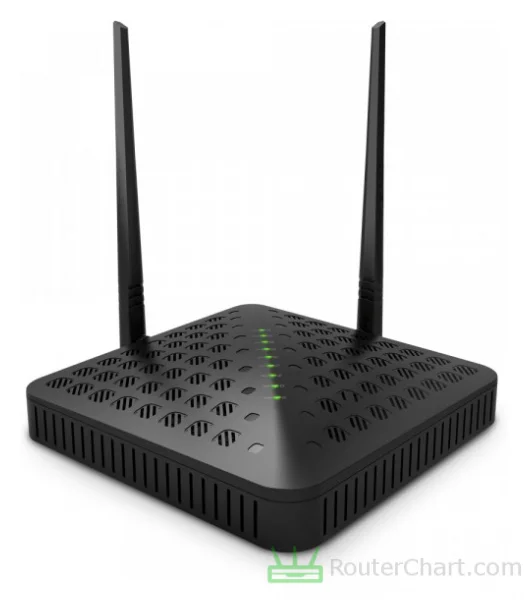
The FH1201 is a popular router model from Tenda, and many users have given it positive reviews. Tenda has a strong presence and offers a wide range of networking products.
Tenda FH1201 specifications
| Brand | Tenda |
|---|---|
| Name | FH1201 |
| Type | FH1201 |
| Rating | |
| Launch | 2014 |
Body
| Dimensions | 153.2 x 153.2 x 40.04 mm |
|---|
The dimensions of a router can impact its cooling capabilities. Larger routers have more room for internal cooling.
System
| Chipset | Broadcom BCM5358B0 |
|---|---|
| RAM | 32 MB |
| Flash | 8 MB |
| OS | Tenda |
| Power supply | 12 V / 1.5 A |
The Tenda FH1201 router has a Broadcom BCM5358B0 processor. You cannot expand the router's memory (32 MB). When selecting a router, it's essential to think about the RAM specifications.
Network
| Protocols | IPv4 IPv6 |
|---|---|
| LAN ports | 3 x 10/100 Mbps |
| WAN ports | 1 x 10/100 Mbps |
| Mobile network | no |
| VPN support | no |
The latest firmware supports IPv6. It provides a system to identify and locate computers on networks. The WAN port on the FH1201 router is a Fast Ethernet port, not a Gigabit Ethernet.
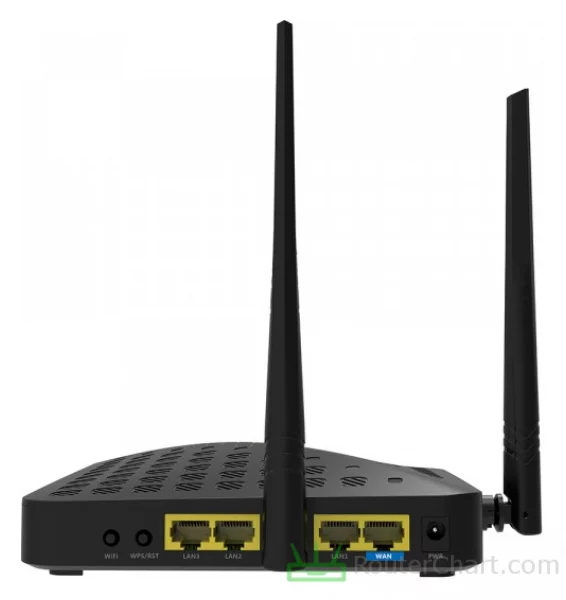
Wireless
| Antennas | 4 x 5 dBi 2 x internal 2 x external |
|---|---|
| 2.4 GHz | yes |
| 5 GHz | yes |
| 60 GHz | no |
| Standards | IEEE 802.11a/b/g/n/ac |
| Class | AC1200 |
| Speed | 300 + 867 Mbps |
| Transmit power | 23 dBm |
| Security | WEP WPA WPA2 WPS |
| Guest network | yes |
The 2.4 GHz band is widely supported by many devices. The 5 GHz band is less crowded, and the FH1201 router is 5 GHz capable. This AC Wi-Fi router supports multiple spatial streams, typically up to 4 streams. The introduction of WPA2 (Wi-Fi Protected Access 2) improved upon WEP. It provides stronger security. The Wi-Fi Protected Setup (WPS) lets you join a safe wireless network with the push of a button or a simple PIN entry.
Connectivity
| USB ports | no |
|---|---|
| Print server | no |
| File server | no |
The FH1201 router doesn't have file-server or print-server functionality.
Administration
| Default IP | 192.168.0.1 |
|---|---|
| Default username | [blank] |
| Default password | admin |
Changing the password often is a good security practice. It protects your network and devices from unauthorized access. Changing the default password improves your router's security. It reduces the risk of unauthorized individuals controlling your network.
Links
| Official site | https://www.tendacn.com/ |
|---|
Pros and Cons
Every router, including this Tenda one, has its good sides and not-so-good sides. Let's take a closer look at both to get a full understanding of what this router can do. Just remember, this is just what I think, and you might see things differently.
Pros
- IPv6 capable
- works on 5 GHz band
- WPS friendly
Cons
- insufficient flash
- lack of Gigabit LAN
- Non-gigabit WAN port
- missing Wi-Fi 6 support
- incompatible with WPA3
- no USB connectivity
Tenda FH1201 photos
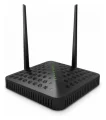
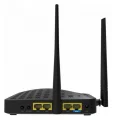

Tenda FH1201 comparisons
We've noticed that many of our visitors like to compare the Tenda FH1201 router with these popular models.
If there’s information about the Tenda FH1201 that you would like to see on this site, then write to us.
Updated: May 25, 2024


